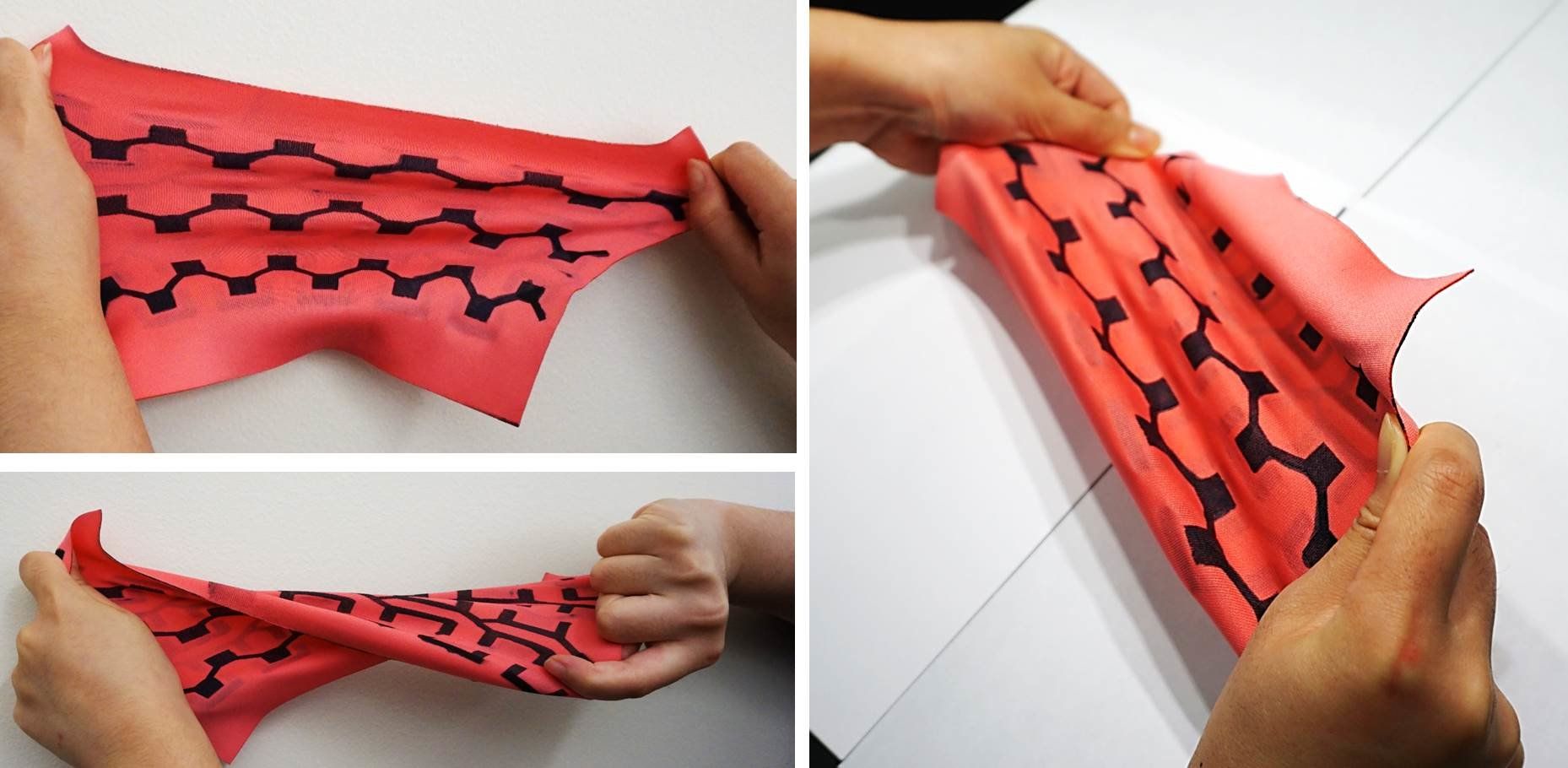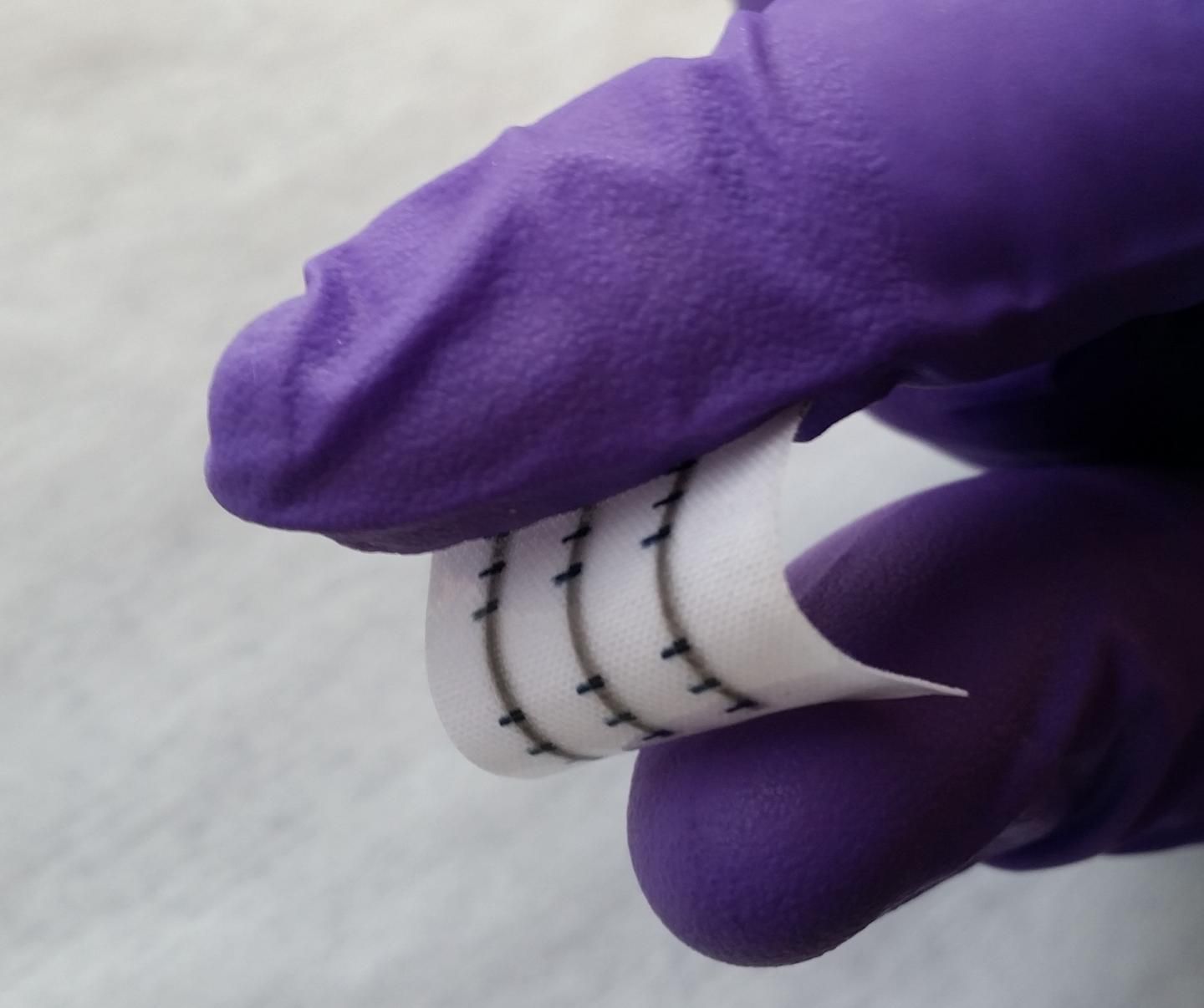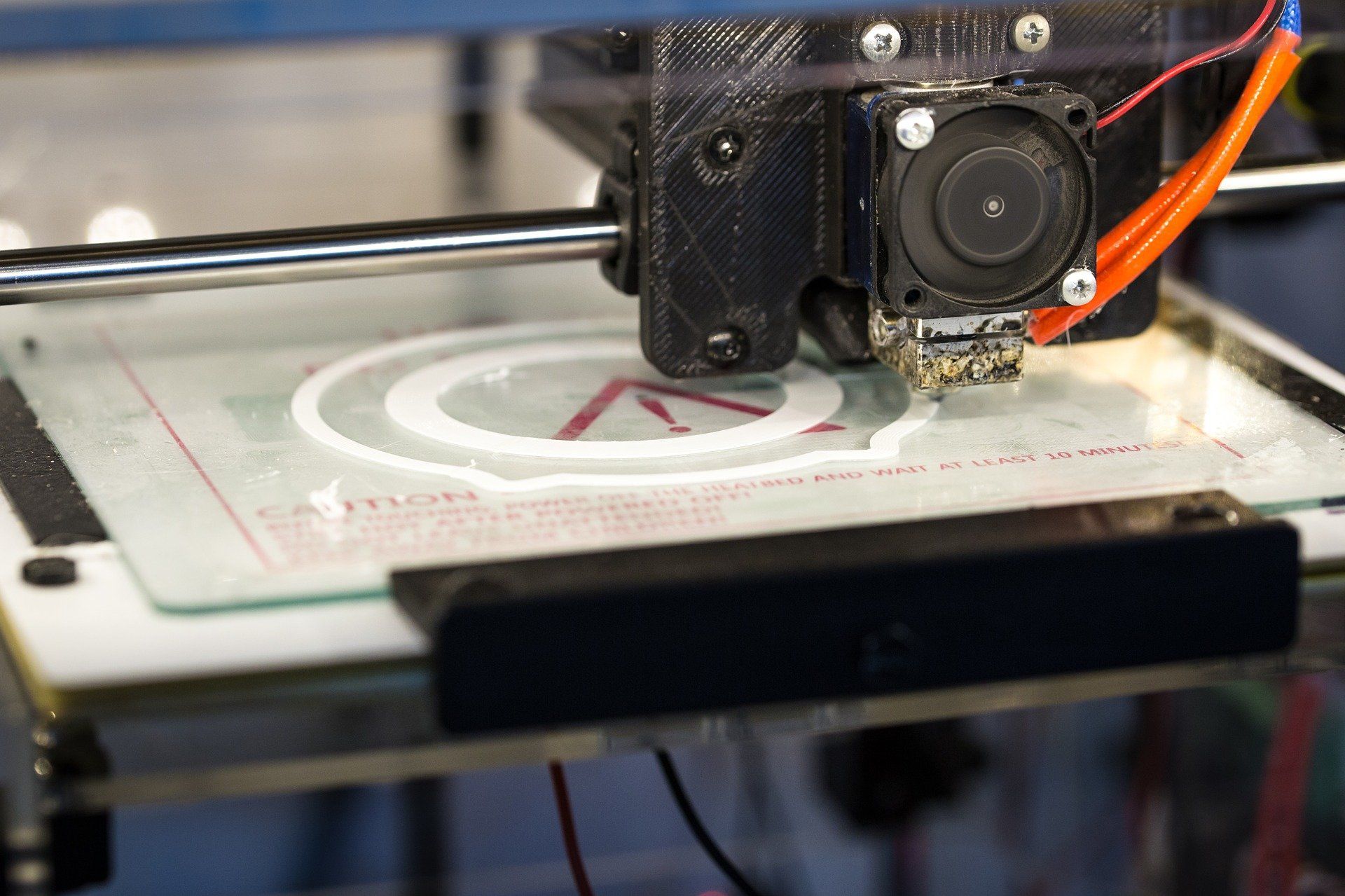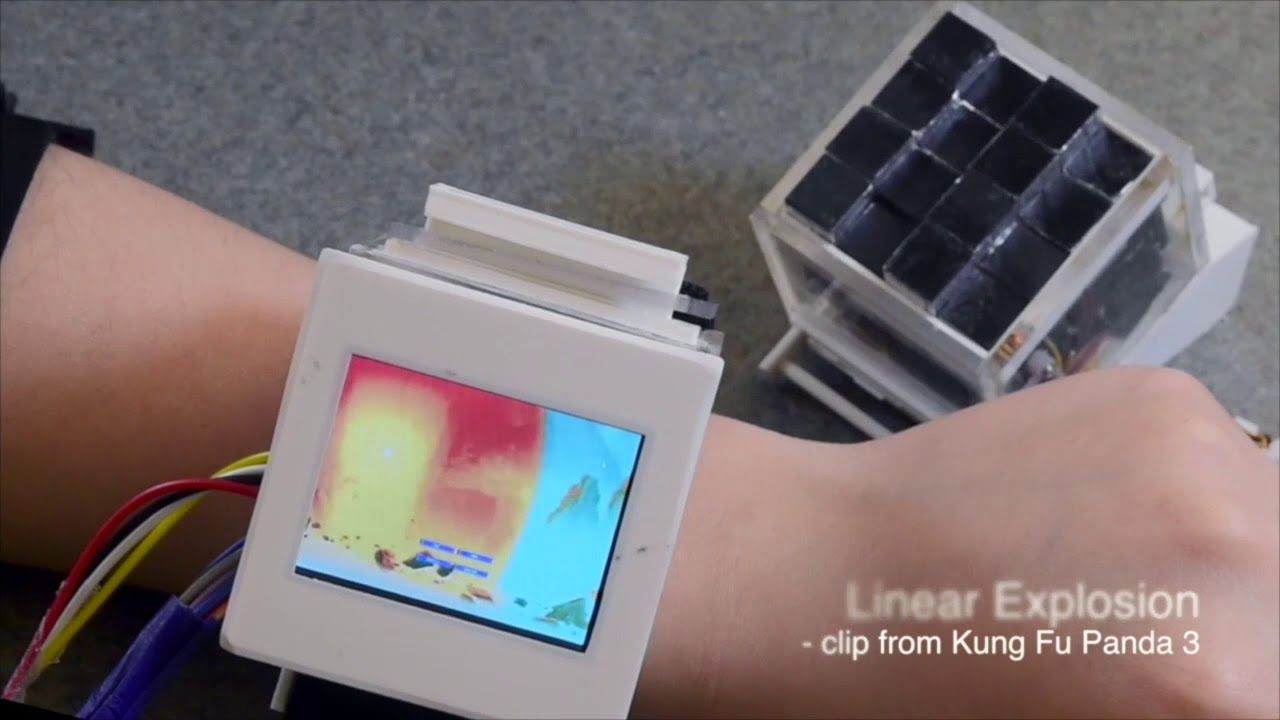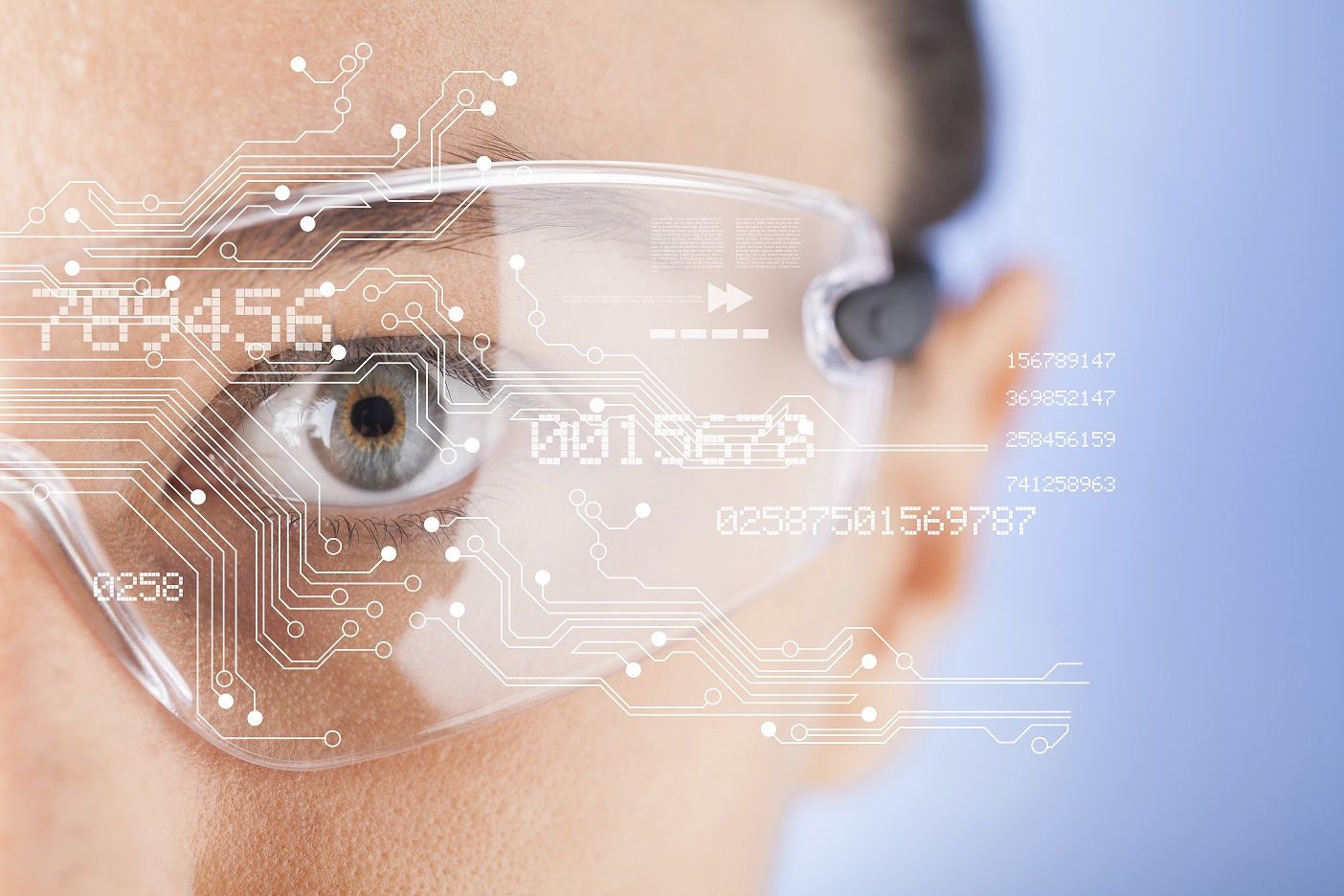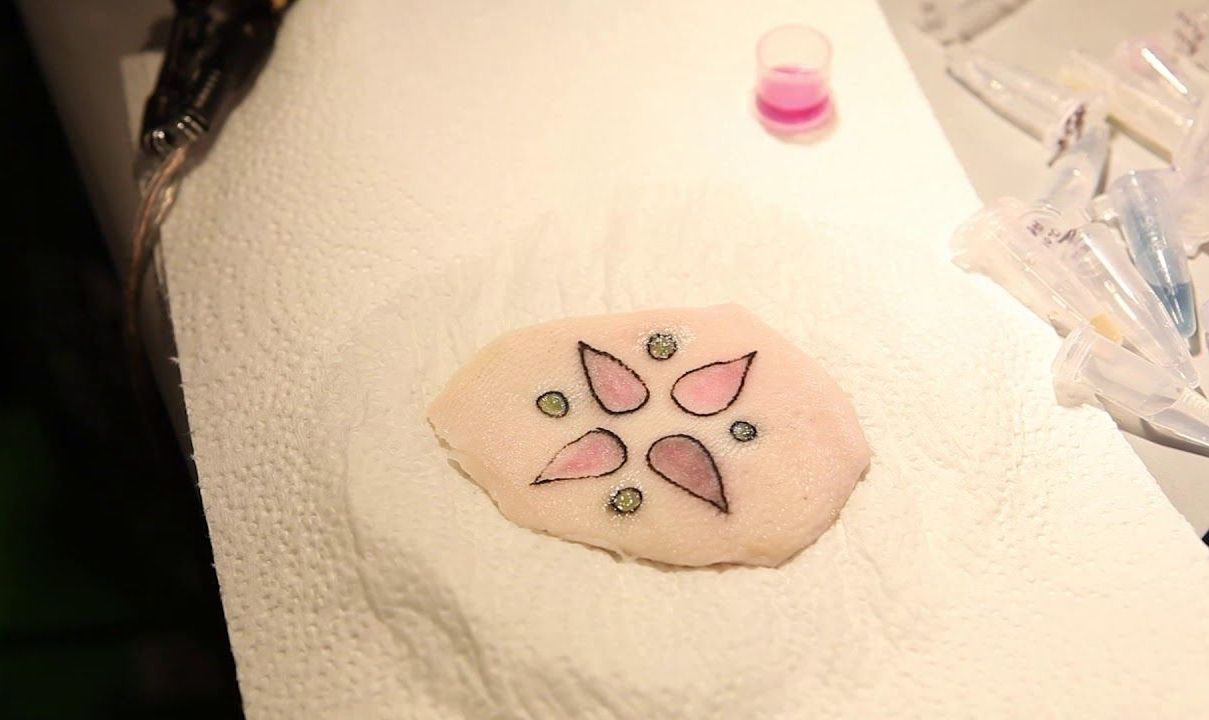Dec 9, 2017
Scientists create stretchable battery made entirely out of fabric
Posted by Saúl Morales Rodriguéz in categories: energy, wearables
A research team led by faculty at Binghamton University, State University of New York has developed an entirely textile-based, bacteria-powered bio-battery that could one day be integrated into wearable electronics.
The team, led by Binghamton University Electrical and Computer Science Assistant Professor Seokheun Choi, created an entirely textile-based biobattery that can produce maximum power similar to that produced by his previous paper-based microbial fuel cells.
Additionally, these textile-based biobatteries exhibit stable electricity-generating capability when tested under repeated stretching and twisting cycles.
Continue reading “Scientists create stretchable battery made entirely out of fabric” »
